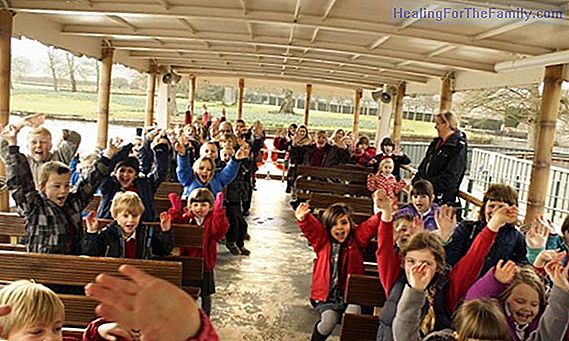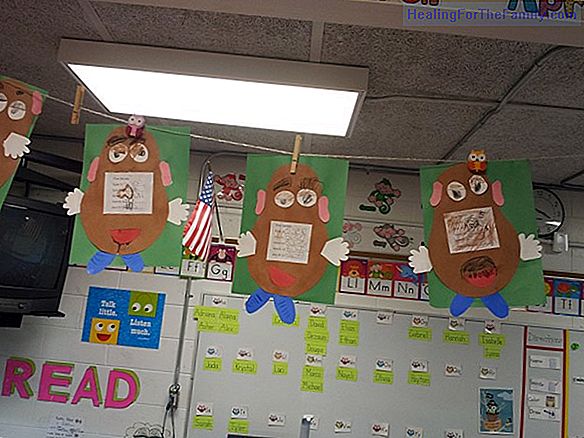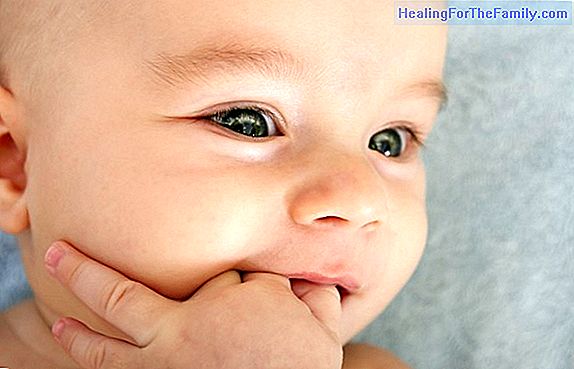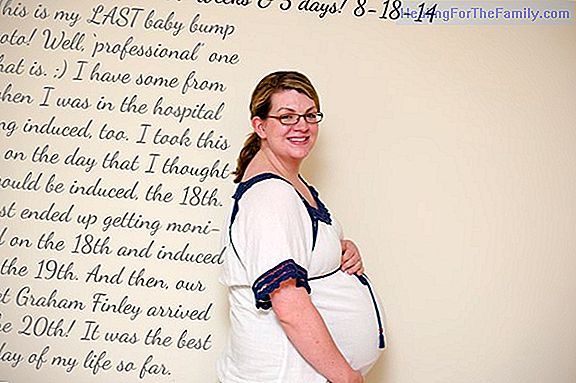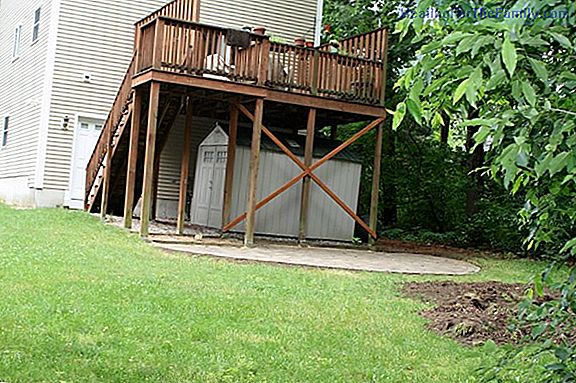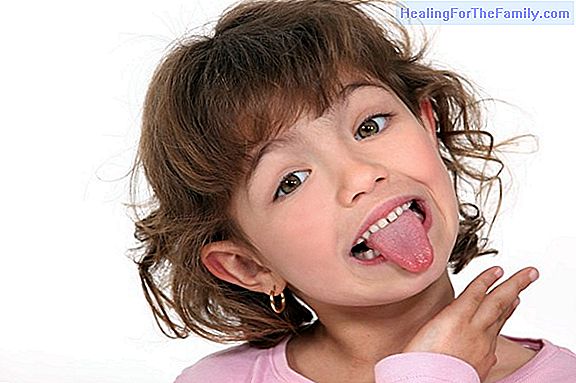Language disorders in children
Some children seem to develop well in all aspects, but they have a delay in language or speech development. These children can suffer some of the specific language disorders, a bunch of pathologies that have marked differences among others. In addition to concrete pathology, the acquisition of langu
Some children seem to develop well in all aspects, but they have a delay in language or speech development. These children can suffer some of the specific language disorders, a bunch of pathologies that have marked differences among others.
In addition to concrete pathology, the acquisition of language is a process that is acquired in an evolutionary way and according to the maturational development and the age of the child. Some disorders, moreover, are derived from bad childhood habits.
Child language disorders
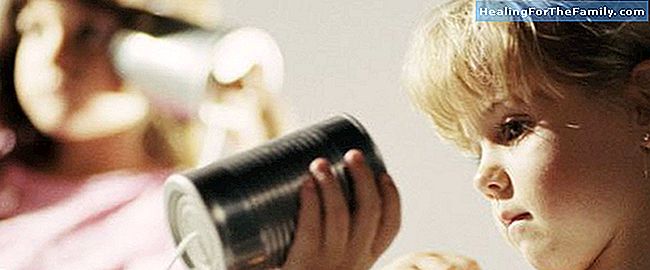
Within speech disorders is the so-called language delay, when from the quantitative or qualitative point of view, the child is below the average number of children of their age.
Another disorder is the infantile dyslalias, alterations in the articulation of some or some phonemes either by absence or alteration of some concrete sounds of the speech or by the substitution of these by others.
Regarding stuttering in children, this is noticed when the child speaks with an interruption in the rhythm of speech. These alterations, with a higher frequency than what is considered normal in relation to the development of the child, are a language disorder.
Deafness in children, the appearance of nodules in the vocal cords or aphonia and dysphonia, are another type of speech disorders that appear with different frequency in the smallest, and usually require the intervention of a specialist doctor.
Types of speech disorders
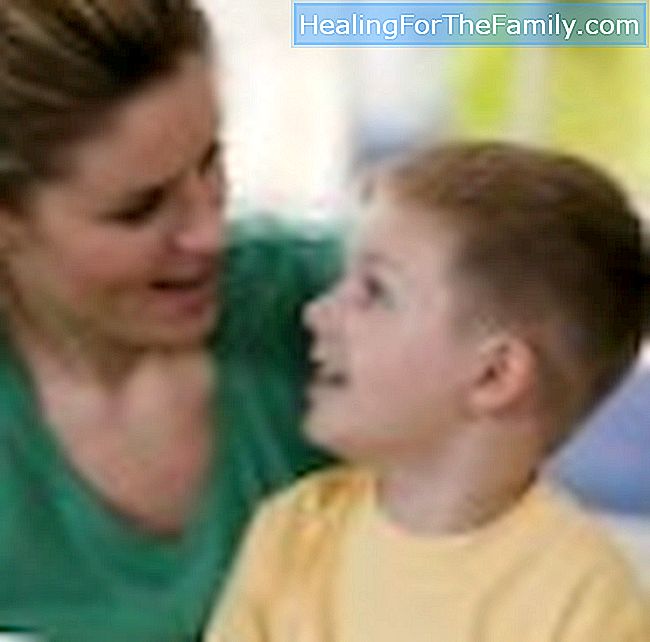
Child stuttering. Child stuttering is a problem that can be diagnosed and treated early in a child's development. Children with stuttering problems. Advice for parents of stuttering children.
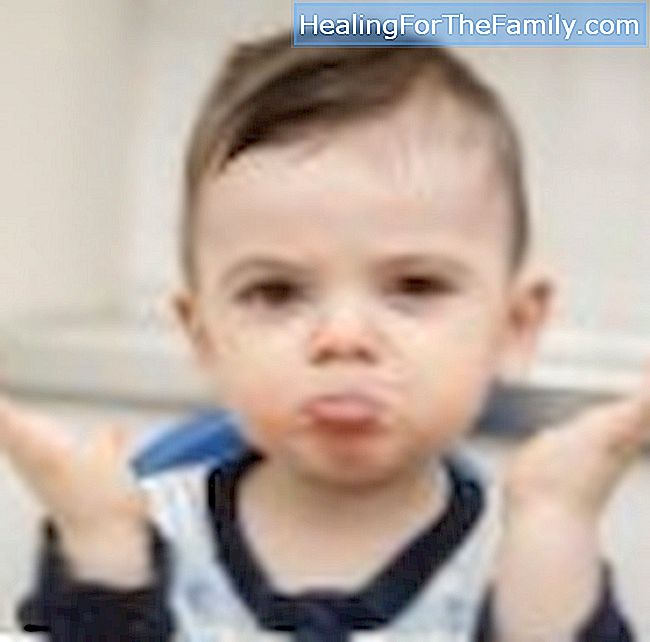
Language delay in children. Children who have language delays, whether mild or severe, should be diagnosed by a specialist as soon as possible, as early intervention will prevent the appearance of possible sequelae.

Delay in speech. The delay in the child's language development consists of the late development of what is expected according to his age, his growth and his level of development. Language delay can be observed both at the level of expression and comprehension, both parties are affected although the expression is more affected than comprehension.
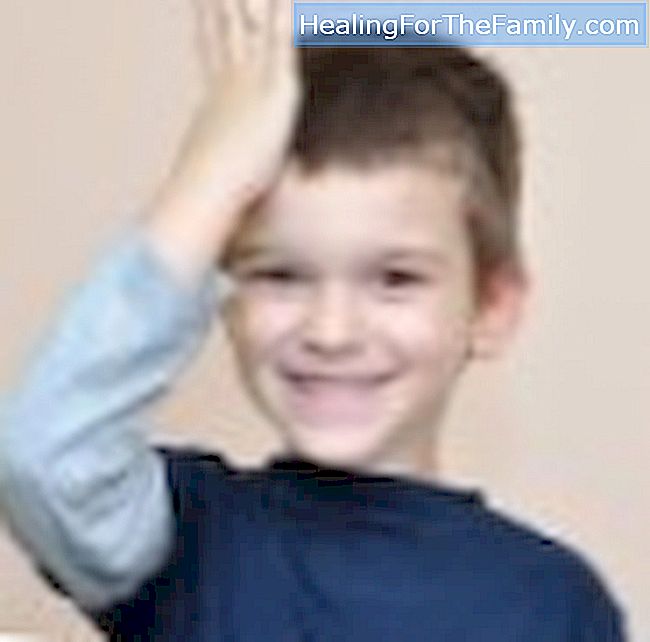
Children's dyslalia. A child is diagnosed with dyslalia when it is noted that he is unable to correctly pronounce the speech sounds that are seen as normal according to his age and development.
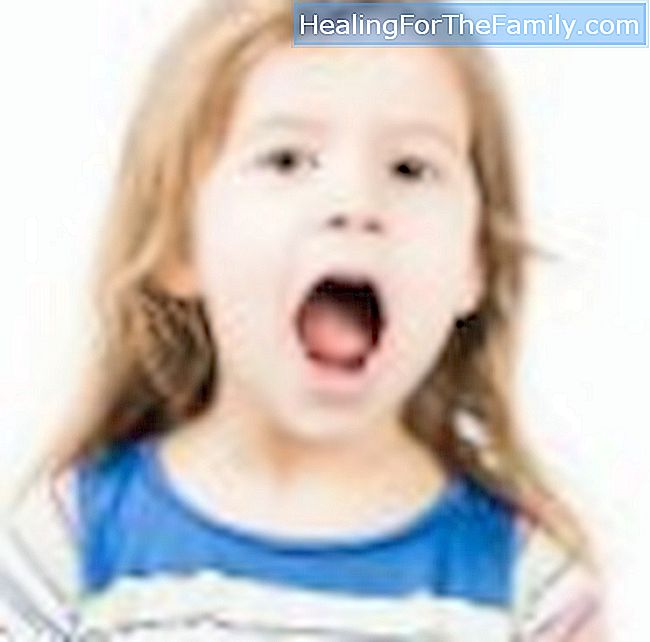
Causes of dyslalia. There are many factors to consider when defining a cause for a child's dyslalia. However, finding the cause is essential for further specialized treatment, since this intervention will vary according to the problem: organic or learning.
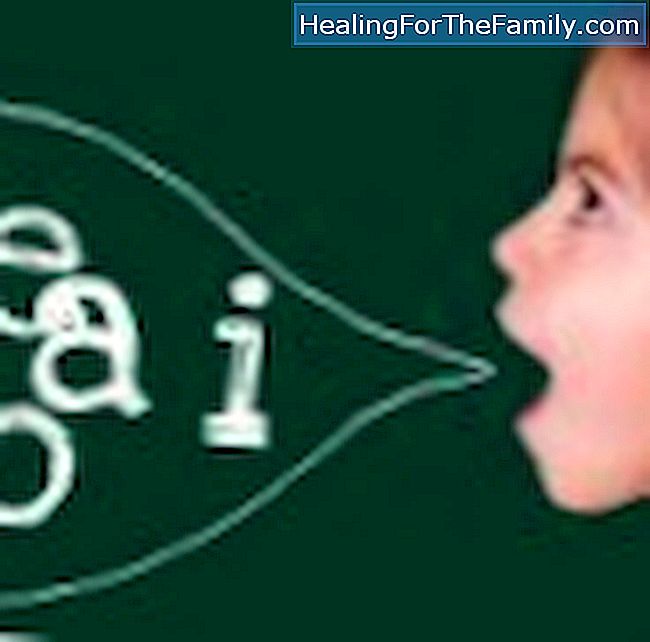
Treatment of dislalia. It is convenient to know that children with dyslalias need treatment with a specialist who will apply the appropriate treatment, with the help of games and a lot of collaboration from the family. And that the dislalia is a problem that does not disappear without the intervention of a specialist. How dislalia is treated in children.

Jotaicism in children. What is jotacismo. Difficulty of some children to pronounce the letter 'j'. Tips to help children pronounce the letter or phoneme correctly j.

Nodules in the vocal cords. The nodules in the vocal cords of children are benign bundles that cause permanent afflictions due to bad speech behavior, in children accustomed to shouting and forcing their voices.

Breathing and speech. A good production of voice and speech in children depends on having an adequate respiratory technique. Breathing well can prevent the onset of language disorders in children. Why breathing is so important for children's speech. How children should breathe so that they speak well and fluently.

The aphonia in children. Aphonia is a voice disorder that is very common in children and young people. The hoarseness in children is caused by throat diseases or by bad habits in speech.

Children with problems with the 'r'. The dyslalia is the difficulty to pronounce a particular sound. It can affect both consonants and vowels. Although there are consonants, such as r, they begin to pronounce something later. That is why there are children who have more difficulties when it comes to pronouncing words with this letter.

Advantages of using sign language. Signs or sign language can be used anywhere and at any time, you do not need anything more than your hands and you win! Some of the advantages of using sign language with children with disabilities are greater communication skills, improves speech and language development, increases self-esteem and self-confidence, facilitates socialization, reduces negative behaviors and creates a Quieter learning environment.
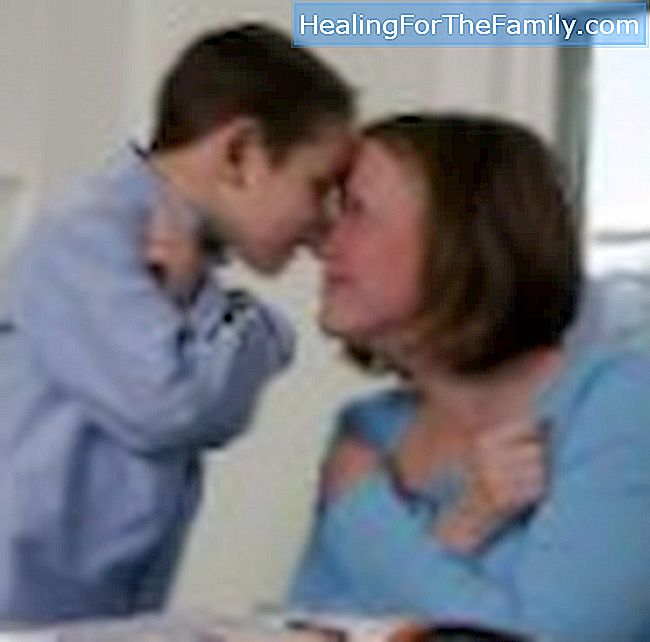
Sign language for children. All children can benefit from the use of sign language for babies and, especially, children with special needs: children with autism, with Down syndrome, with apraxia, with speech difficulties, with cerebral palsy or who learn a second language . We tell you how sign language can benefit children with special needs.

Sign language for babies. The sign language for babies is a tool that parents (caregivers, educators ...) can learn to use with their babies to facilitate communication after 6 months.

Childhood deafness. In this video Dr. Gracia Aránguez gives us guidelines to detect if our son can suffer hearing loss or hearing loss. How can we detect if a child suffers hearing loss or hearing loss?


